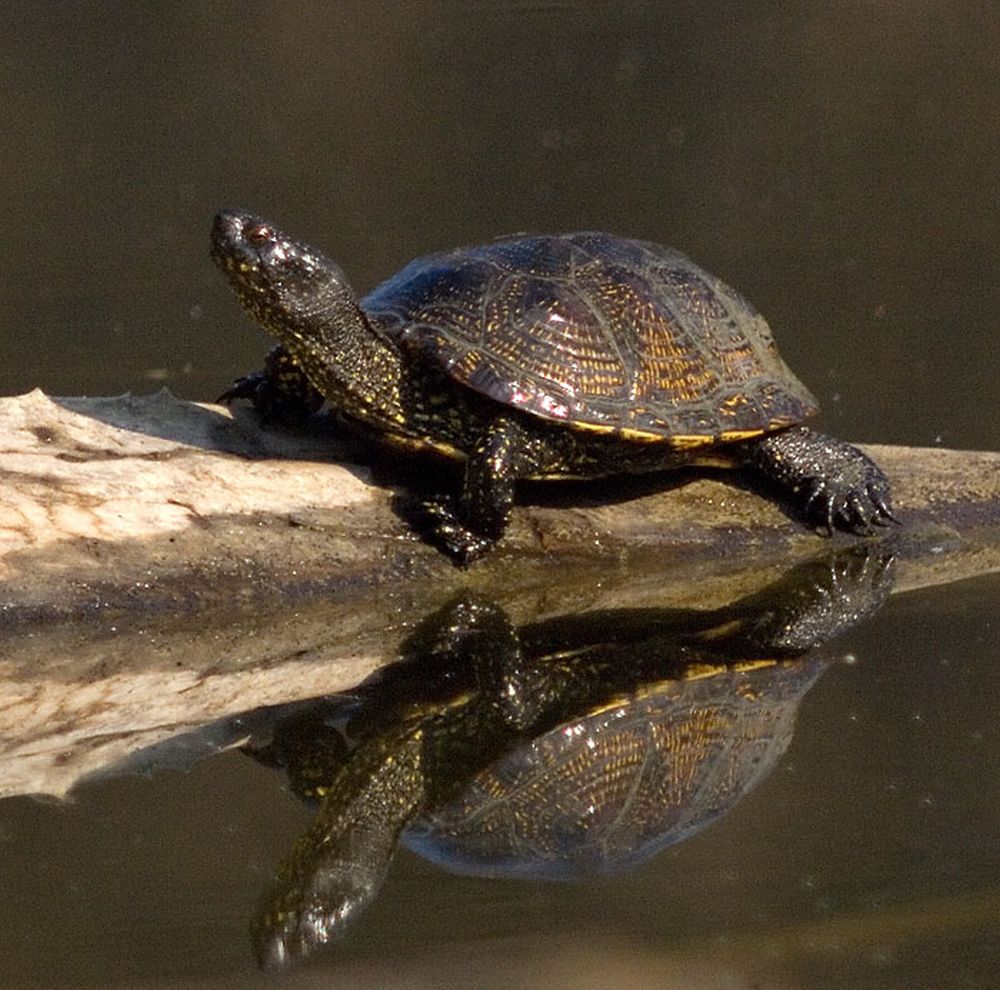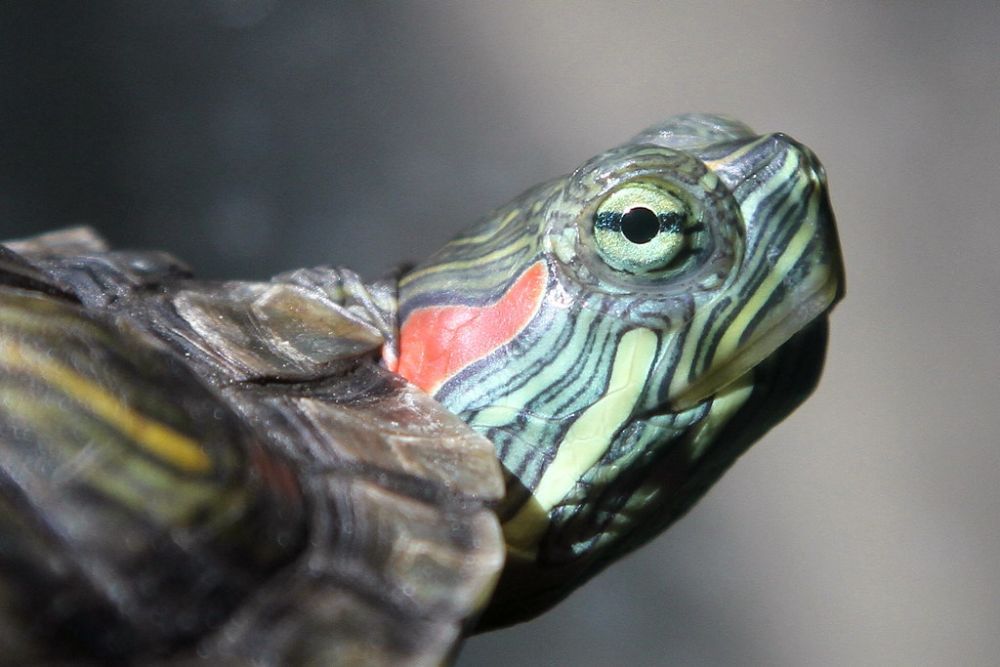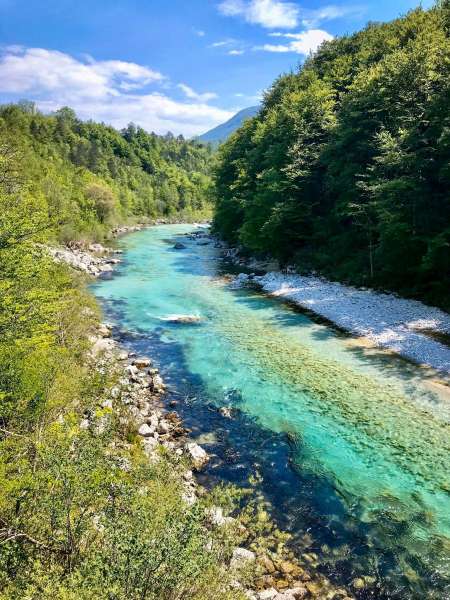August 28, 2019
Not only frogs and crayfish, but turtles were also once presented as among Slovenia’s fine dining ingredients, supplied by the wetlands surrounding Ljubljana. A detailed turtle soup recipe can be found in the 1912 edition of Magdalena Pleiweis’ Slovenian Cook edited by Sister Felicita Kalinšek, Slovenia’s no. 1 home economics educator with the following instructions to Slovenian housewives:
“For a turtle to show its head, place hot iron on its back. When you cut its head off, catch its blood into a few drops of vinegar if you want to prepare black sauce or into crumbled bread, if you’ll be making dumplings for the soup. Then, raw, beat and peel it. To make it easier to beat, place it and strike with an ax at the side: this way, you’ll extract the meat easier.”
In the following paragraphs, I will briefly explain what turtles are we talking about, and why and when they disappeared from Slovenia’s cuisine.
The European pond turtle, or Emys orbicularis (Slo: Močvirska sklednica), is the only autochthonous turtle living in the Slovenian continental waters. The Loggerhead sea turtle or Caretta caretta (Slo: glavata kareta), can also be seen in the waters alongside the Slovenian coast, but doesn’t come to the shore to lay eggs.
In particular the pond turtle can be found in the marshes of Ljubljana basin, along the Mura river, in the swampy areas by the salt-panes of Sečovlje and some other areas like Krka river and Nova Gorica. It used to be quite common in Ljubljana marshes, which is also how it entered bourgeois culinary practice.

With intentional draining of swamps in the 18th century for the peat industry’s purposes and eventual onset of intensive farming and urbanisation, the living space of pond turtles shrunk to the point that as early as 1920 they became recognized as endangered, and were thus protected two years later, which effectively removed them from cookbooks, menus and tables.
Draining of swamps, regulation of streams and construction of power plants are unfortunately not the only human activities that push the timid pond turtles out of their habitat. Turtles that people choose as their pets, that is red-eared and yellow-belly sliders, have escaped into the wilderness and now present a serious problem, as they breed faster than the indigenous turtle and therefore invade its living space, pushing it further towards extinction.
Is it time to develop a taste for turtles again? The invasive ones only, of course.







